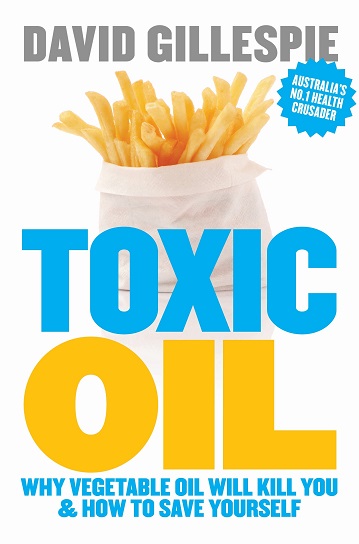
The statistics tell us that every year more and more of us suffer from cancer. The experts continue to tell us it is our fault for failing to listen to their sage advice. But with smoking and drinking at all-time lows and sun protection at levels never before seen in the history of life on earth, it’s time for the experts to admit that maybe, just maybe they have been horribly wrong.
This week the team at QIMR Berghofer Medical Research Institute pumped out another of their tax payer funded three yearly updates on ‘modifiable’ risk factors for cancer. After doing some mathematical acrobatics they calculate that if we just stopped doing risky things 38% of cancer deaths would be prevented.
The ‘risky things’ they are worried about are smoking, not eating enough fruit and vegetables, eating too much red meat, consuming too much alcohol, not exercising enough and spending too much time in the sun.
The only problem is that we have been doing all of that since at least the early eighties. And over the intervening decades cancer incidences have been accelerating at a terrifying rate.
Between 1980 and 2012 we cut back on the booze – dropping our consumption by 21%. We also ate 15.4% more vegetables and 7.5% more fruit between 1992 and 2011. And our consumption of beef has plummeted by half since the early eighties.
For good measure, we also increased the amount of exercise we did, with the proportion of us doing high levels of exercise almost doubling. And our sun protection behaviours have improved significantly. Most importantly, we dramatically reduced smoking. Adults who smoked daily almost halved between 1995 and 2015.
And our reward for doing exactly as we were told? The incidence of all cancers has increased by 23% and some cancers have really exploded. Australians are now three times as likely to have thyroid or liver cancer and between 2 and 3 times as likely to have melanoma or Kidney, Anal, or prostate cancer.
We have done exactly what we were told and the result is the opposite of what the experts predicted. And yet the advice from those experts is to do it harder. On the evidence to date you could reasonably conclude doing what the experts tell us will likely increase the suffering from cancer.
We need these experts to take a harder look at what we know about the underlying causes of cancer and break from the career-preserving eat-more-veg-and-exercise-more tosh they have so far been dispensing.
In an environment when the solution you preach is not producing the result in you predict, then it is highly probably you are missing something. Yes, smoking reductions have put downward pressure on lung cancer rates but it is also clear that something else is putting even more upward pressure on lung cancer and a long list of other cancers.
We know that smoking causes cancer because it releases large amount of toxic aldehydes into our system. These drive a state of oxidative stress which cascades through to the DNA disruption which lies at the heart of cancer.
But we have known for decades that seed oils, the fats which now totally dominate our food supply, produce exactly the same disease cascades as smoking – only worse.
The science on this is the gold standard in nutrition research – a double-blind, randomized, controlled lengthy human trial. No correlations. No guessing about explanations. Just one dietary change which lead to just one powerful conclusion.
The trial was conducted in the late 1960s. It involved randomly allocating men to diets that contained animal fat (let’s call them the butter eaters) or diets where that fat was replaced with seed oils (the margarine eaters).
After eight years, the butter eaters had half the rate of death from cancer when compared to the margarine eaters. And that’s even though the butter eaters had a much higher proportion of heavy smokers. It’s that simple, use seed oils for fat and humans die much more frequently from cancer.
In Australia today it is impossible to buy processed food which uses animal fat. There is one simple reason for this. It’s cheaper. All our packaged food is infused with cheap seed oils rather than expensive animal fats and our consumption of those cancer causing oils has inexorably risen as a result.
Knowing this, the rise in cancer diagnosis, despite the huge reduction in smoking, is not a surprise. Rather it is the inevitable result of the profiteering ways of the processed food industry. And it will continue to rise for as long as we continue to consume these oils.
We know that ingesting seed oils or inhaling their vapours causes cancer with at least the same level of certainty as we have about smoking. And yet these same experts telling us to eat less red meat and more vegies actively encourage us to consume these lethal oils.
The sanctimonious preaching must stop. We don’t need yet another round of experts using our money to tell us cancer is our fault. Cancer is not our fault. The science has told us for decades that it is caused by the very same seed oils that these experts tell us we should eat. We need the high priests of nutrition science to immediately stop singing from the food industry song-sheet and provide evidence based advice about what really causes cancer. If nothing changes, nothing will change.

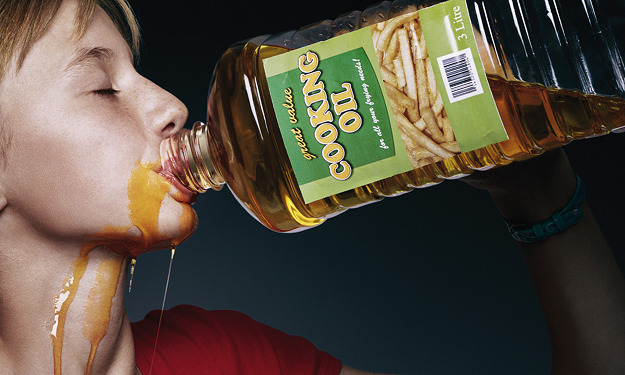

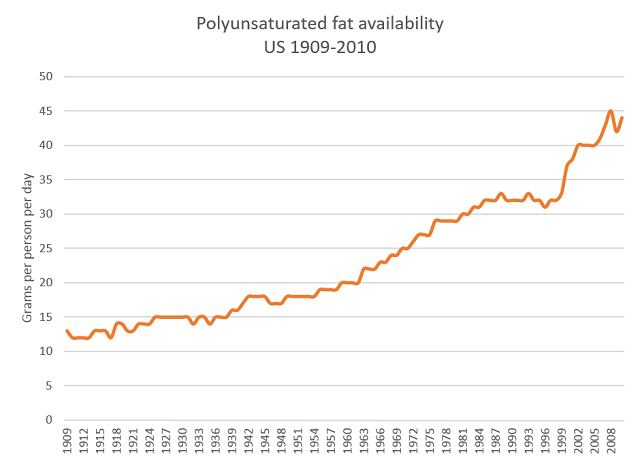
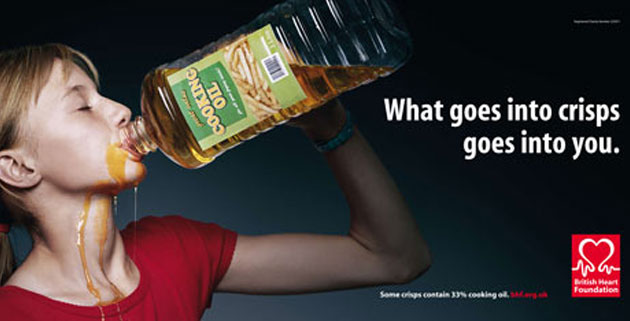
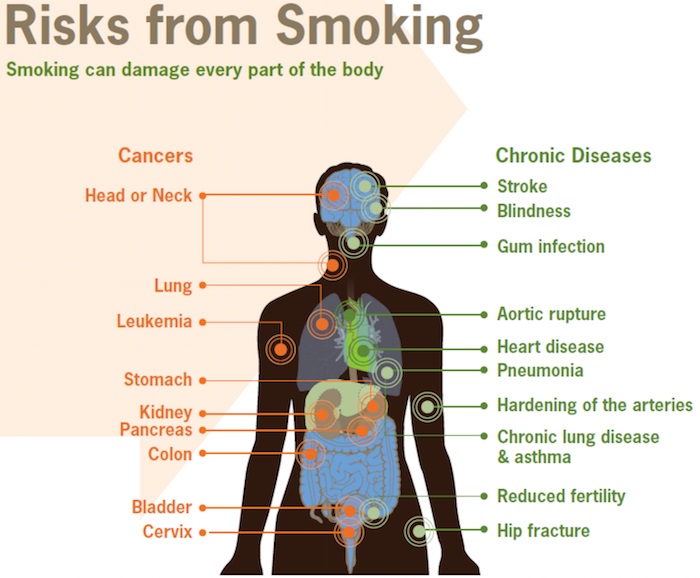
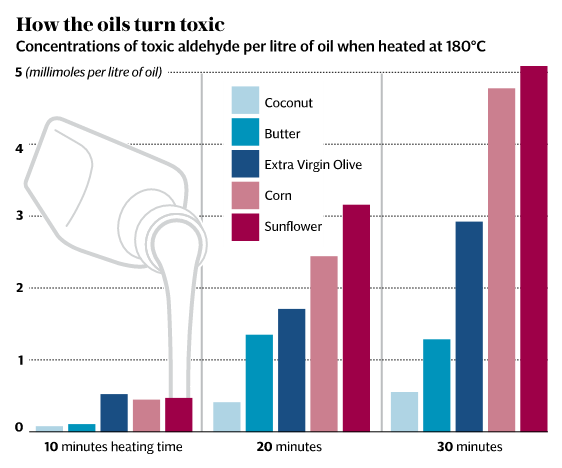
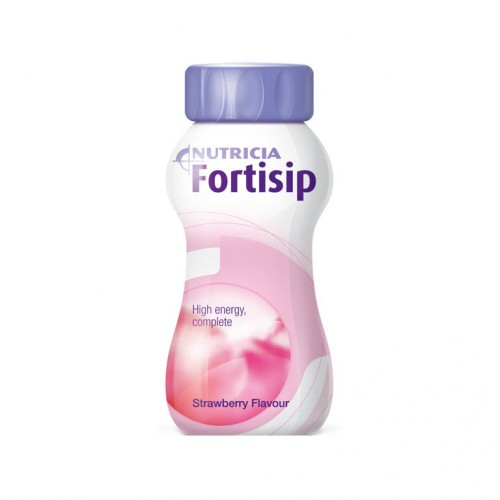


 Get the new Eat Real Food Cookbook OR the Sweet Poison Quit Plan Cookbook OR BOTH for 25% OFF.
Get the new Eat Real Food Cookbook OR the Sweet Poison Quit Plan Cookbook OR BOTH for 25% OFF.

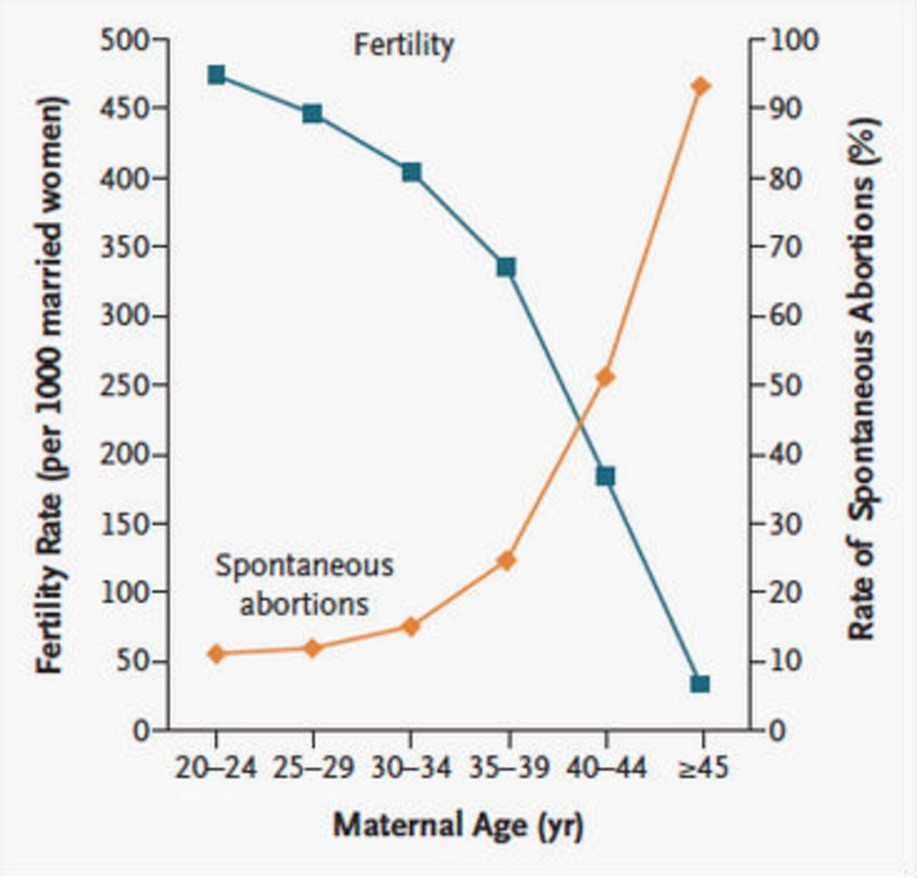
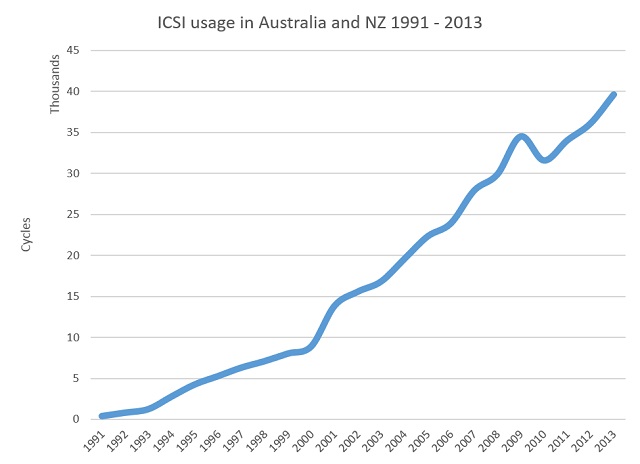










Recent Comments